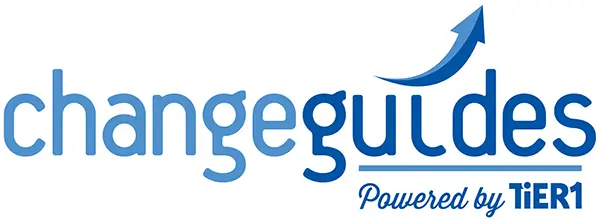When companies have employees in multiple locations that all need the same training, what is the best way to accomplish this? Virtual training is becoming an ever popular option. Gina Giannitelli, our expert in virtual training, offered some advice on the matter.
Gina Giannitelli’s experience stems from serving on the Talent Development Advisory Council and then more importantly on the Talent Development Strategy Team for Deloitte Consulting. In that capacity, she learned a great deal about training delivery strategies. Deloitte was making decisions on whether to invest in a bricks and mortar training facility, and when/how to deliver training virtually. Like many companies, they were seeking effective, cost conscious ways to develop their talent which was distributed across multiple geographies. They developed a whitepaper on Talent Development (after various industry research) and held a leadership summit to inform the talent development strategy. That included reviewing the best delivery approach for “Technical, Industry, Professional and Leadership” knowledge and skill development. After the strategy work was done, Gina later worked closely with a team of Instructional Designers on the AERS TD Management team to implement the strategy in that business environment. She learned a great deal about training design and delivery methodology while serving on the AERS TD Management team.
Do you feel that virtual training goes as well as face to face training?
I have to admit, I was cautiously optimistic the first time I delivered Change Guides training in a live-virtual environment. I was curious to see how it translated. Virtual Instructor Lead Training is certainly a different experience, but when VILT is done well I do believe it can deliver all the value of a face-to-face session. Some of the keys are keeping classes to an optimum size for interaction and driving interaction through the delivery approach. With tools like Go To Training, we incorporate technology enabled live-virtual interactions through polling, virtual whiteboards, quizzes, etc. But it is equally important, in my opinion, to have a skilled facilitator who can draw out participation. The VILT environment actually offers a unique opportunity for participants to share their partially completed Tools, something we don’t have the capacity to do in a technology enabled way during in-person training.
After your training, you send out a survey, do you feel the participants achieved the maximum benefit from their virtual training?
Yes, I was pleasantly surprised by the very positive feedback from my training session. I do think most participants received maximum benefit… but like any other in-person training, participants get out of the session what they put into it, so there is some variation. The participants who are engaged, who resist any temptation to multi-task and who share openly their challenges and hopes for the session certainly gain the most… just as with in-person training.
The virtual white board that you ‘pass around’ for people to write on during the online training is a neat way to keep people engaged, do you feel that indeed it does keep everyone engaged?
The virtual whiteboard certainly helps, and it is a technique I like to use. When you know you may be asked to take the whiteboard at any point, you are less likely to multi-task (which is always a risk in person, and more so virtual). This is just one of many VILT techniques that ideally would be sprinkled through a session. Others would include knowledge checks through virtual polling or quizzes. I also really like sharing screens so participants can show the class a tool they have started, like a Stakeholder Master for example. Even using logo intro animation on slides helps to keep people engaged virtually, because there is visual interest on the screen. All part of the toolkit for virtual instructors.
Of course you never know what all people are really doing during the training, checking email, leaving the room, surfing the web, etc. How much of an issue do you think this is for online training?
This is always a consideration for online training, which is why we as instructors spend time up front customizing the Change Guides in-person materials for virtual delivery. We work hard to keep it interesting, interactive, to talk with people about how they provide feedback, if they need a break… all those little things that add up to a good training session. I would reiterate that an experienced trainer is key, someone who is skilled at driving participation and conversation. I prefer VILT sessions where there is a nice balance of information coming at you through instruction, discussion, and hands on learning. Our Change Guides training uses this format which is one of the reasons why I think it can be successfully delivered virtually. If we were delivering 4 hours of straight “talk at you” instruction it would not be as conducive to VILT.
As a trainer, how do you feel about the idea of more web based training? When companies have multiple people that need trained and those people are all in different locations, it is certainly more cost effective to do a virtual training. Do you think there is anything lost by not having the face to face contact?
I love the idea of more VILT options, when it is a fit with the content and the participants! It is absolutely the way of the future for dispersed teams. I particularly enjoy teaching virtually when some of the participants already know each other… it creates instant community and really encourages interaction. Research has shown that VILT is great for technical and industry knowledge. In person training is often ideal for what can be called “professional or leadership” skills, softer skills, many of which are important for Change Management. But I think VILT is very compatible with our Change Guides materials, which provided a tactical framework and tools. I really like the idea of combining in-person and VILT delivery… this would be my “ideal.” But in cases where timing, cost, or geography make in-person difficult I think VILT is a great option!
Live virtual is certainly finding its place in the training world. You have to have a well- trained facilitator that can keep the participants engaged by using white boards, virtual polling, quizzes, etc. The students have to work hard to stay focused and be an active part of their virtual training. If both sides of the equation work hard, VILT can be a successful experience.




